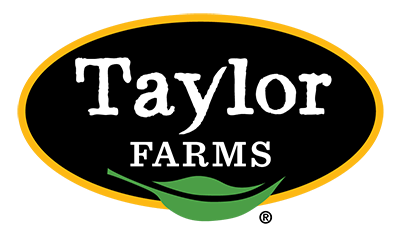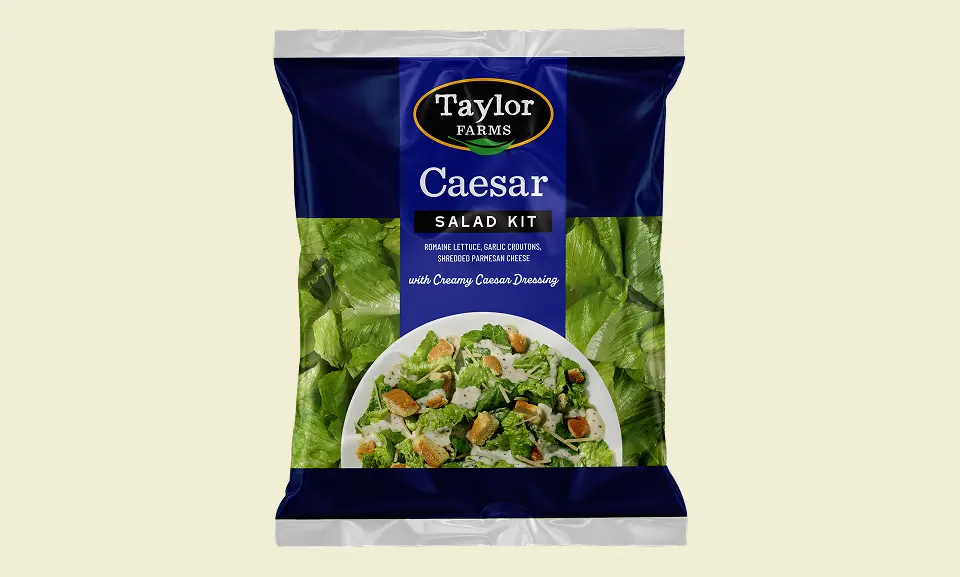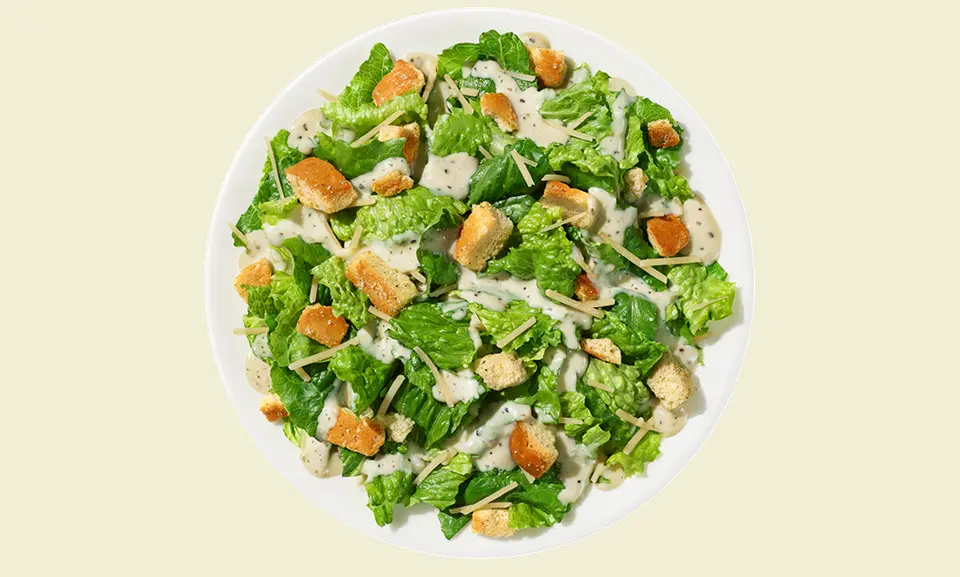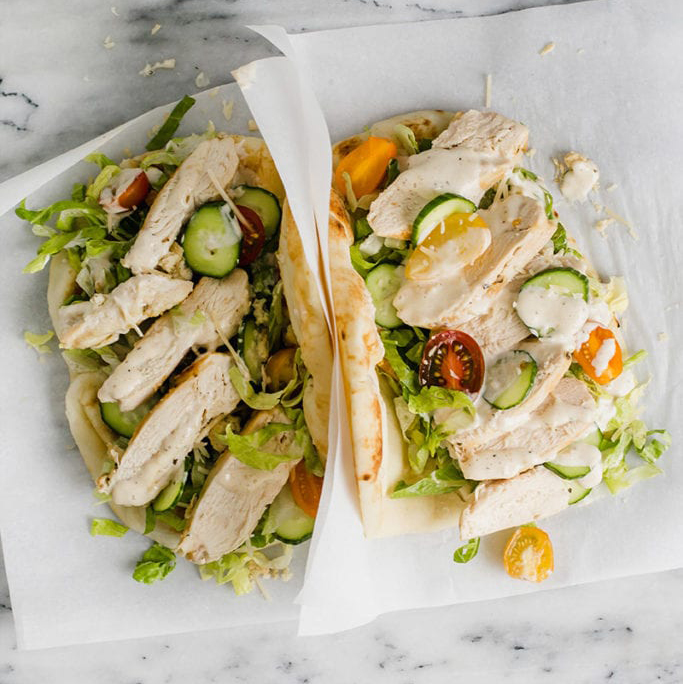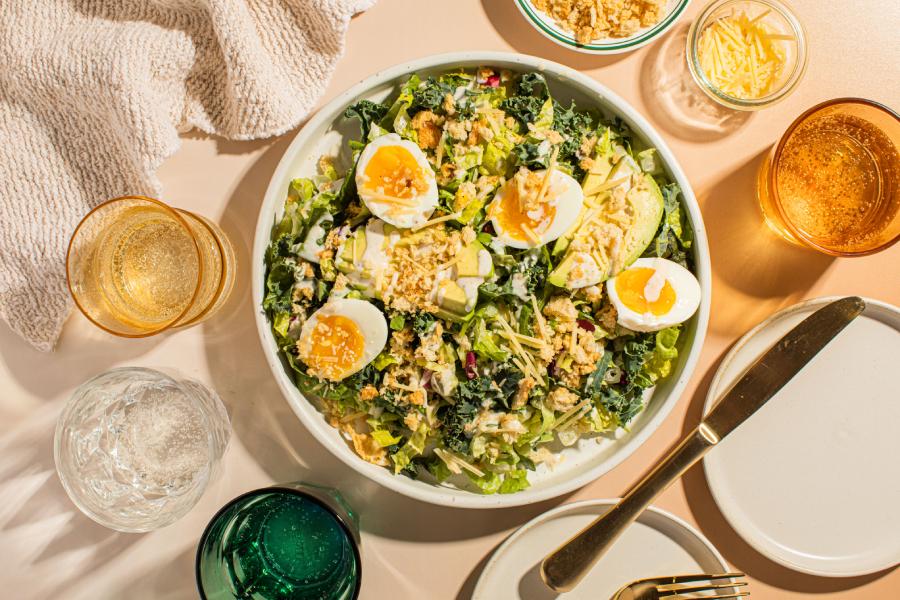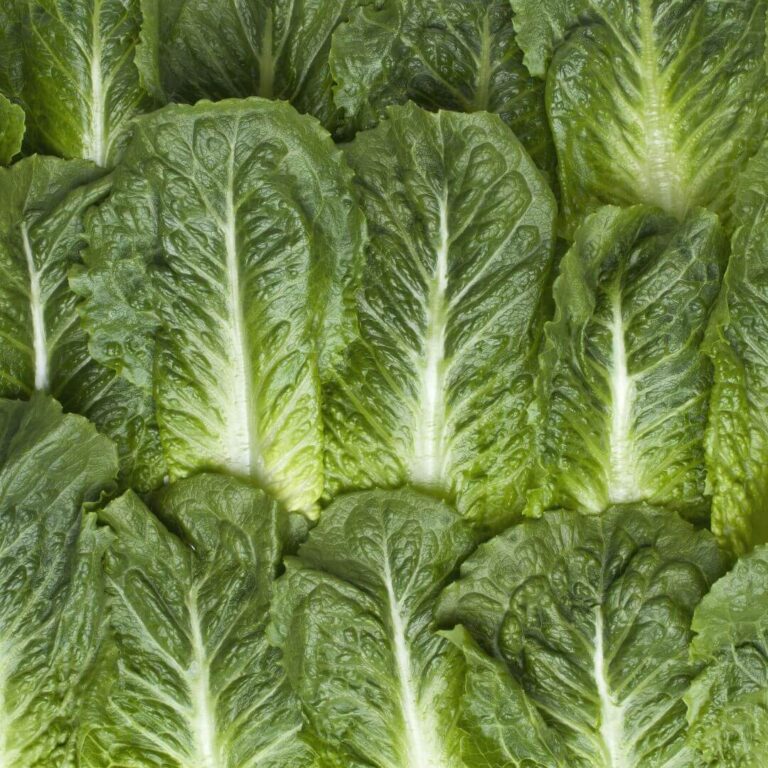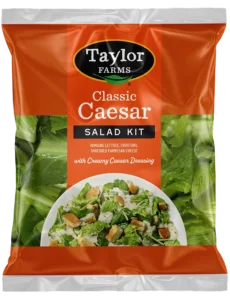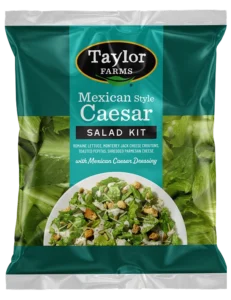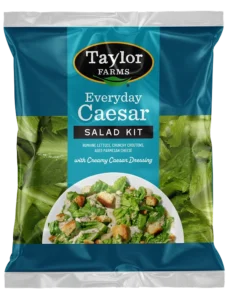Nutritional Facts
Servings per container: About 5
Amount per serving
Calories 180
Serving Size
1 Cup (100g)
| %Daily Value* | |
| Total Fat 16 g | 21 % |
| Saturated Fat 3.5 g | 18 % |
| Trans Fat 0 g | 5 % |
| Cholesterol 15 mg | 12 % |
| Sodium 270 mg | 3 % |
| Total Carbohydrate 7 g | 7 % |
| Dietary Fiber 2 g | |
| Total Sugars 1 g | 0 % |
| Added Sugars 0 g | |
| Protein 4 g |
| Vitamin D 0.1 mcg | 0 % |
| Calcium 100 mg | 8 % |
| Iron 1 mg | 6 % |
| Potassium 180 mg | 4 % |
*The % Daily Value (DV) tells you how much a nutrient in a serving of food contributes to a daily diet. 2,000 calories a day is used for general nutrition advice.
Ingredients +
ROMAINE LETTUCE, CAESAR DRESSING (soybean oil, water, parmesan cheese [pasteurized milk, cheese cultures, salt, enzymes], egg yolks, red wine vinegar, contains less than 2% of worcestershire sauce [distilled vinegar, molasses, sugar, water, salt, onion, anchovy, garlic, spice, tamarind extract, natural flavors, chili pepper extract], salt, lemon juice concentrate, garlic, spice, mustard bran, anchovy extract, xanthan gum, dehydrated onion, dehydrated garlic), PARMESAN CHEESE (parmesan cheese [pasteurized milk, cheese cultures, salt, enzymes], powdered cellulose [to prevent caking]), CROUTONS (wheat flour, sunflower oil, sugar, salt, yeast, whey, maltodextrin, garlic powder, lactic acid powder [lactic acid, calcium lactate], dehydrated parsley, corn starch).
CONTAINS EGG, FISH (ANCHOVY), MILK, WHEAT.
Contains a Bioengineered Food Ingredient (croutons).
